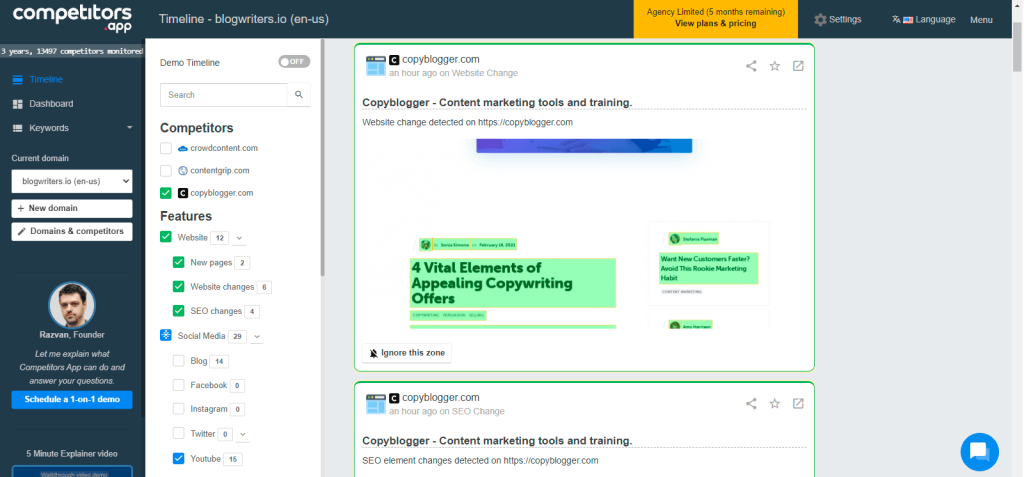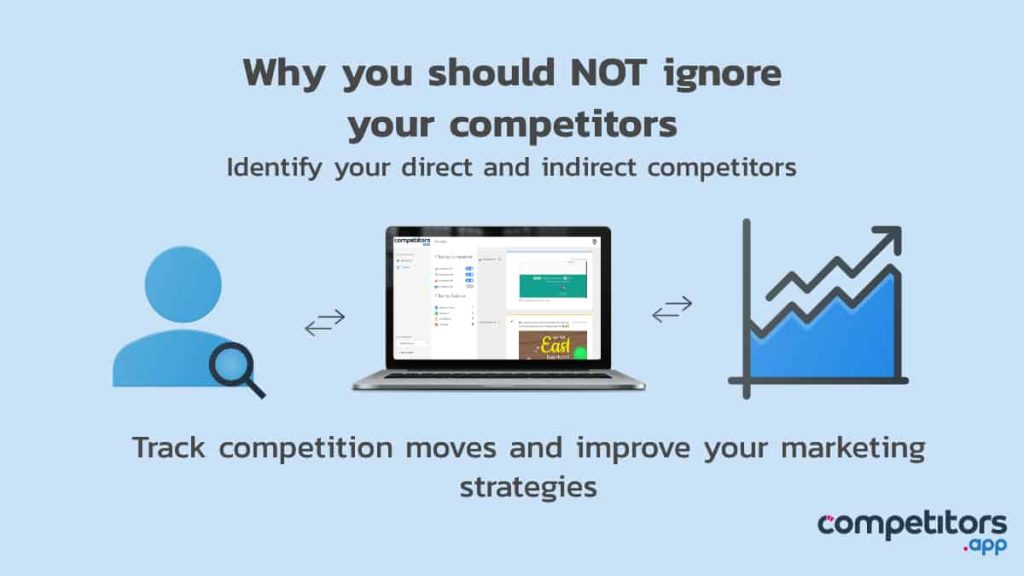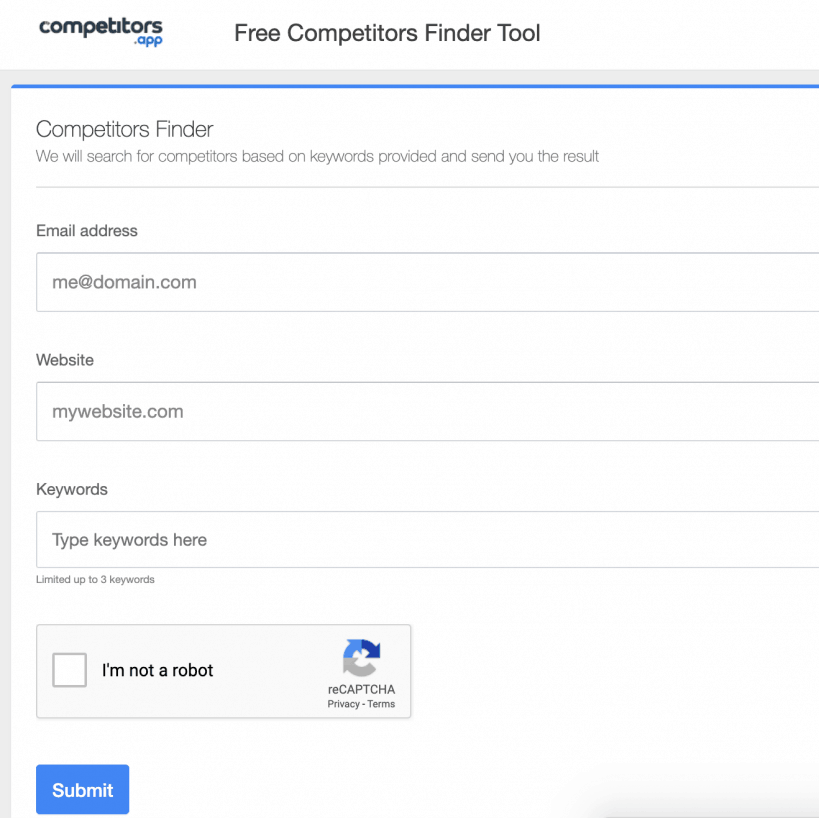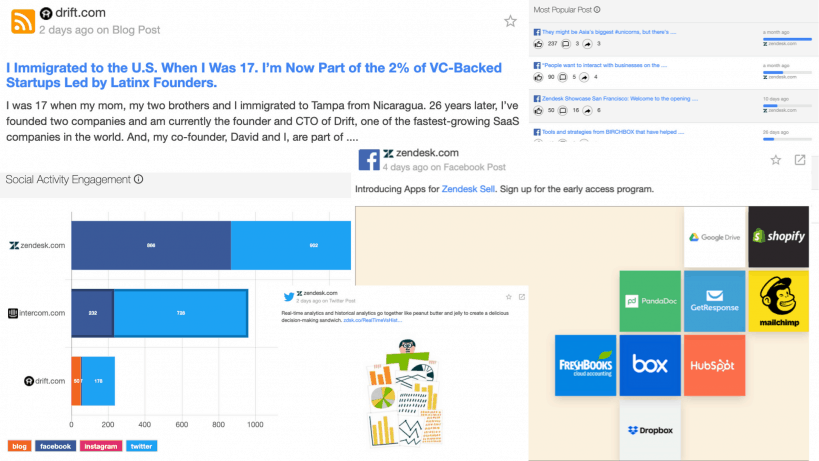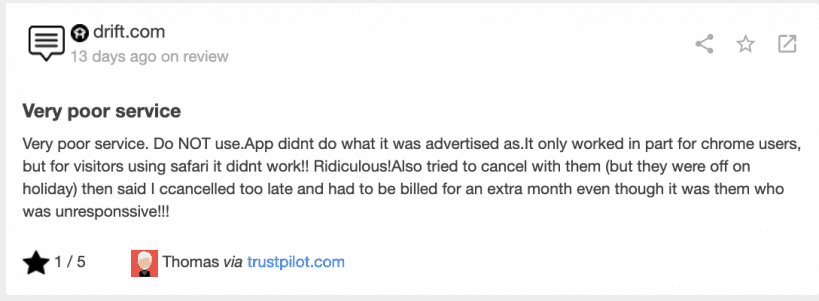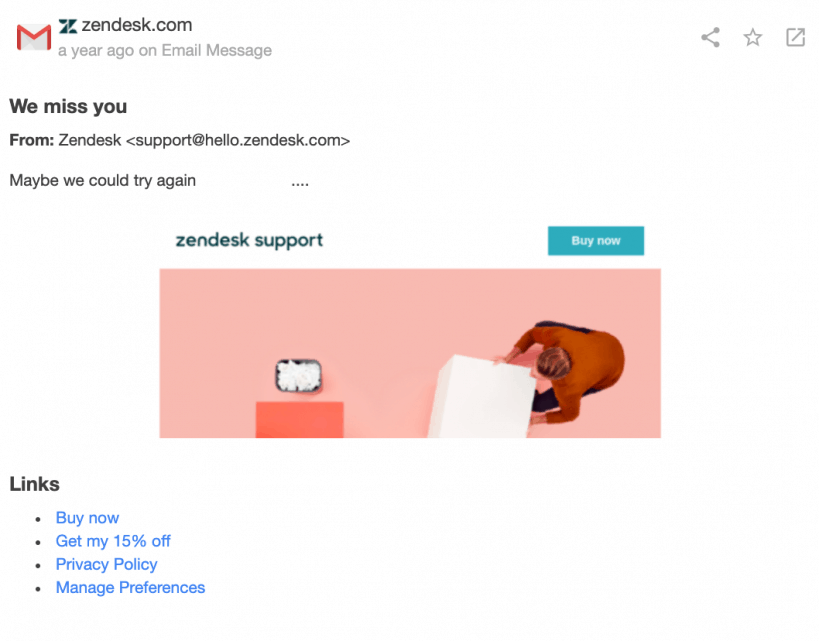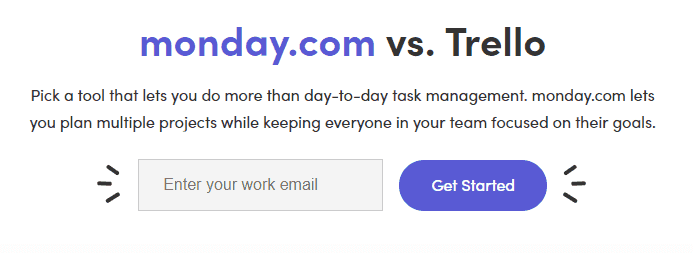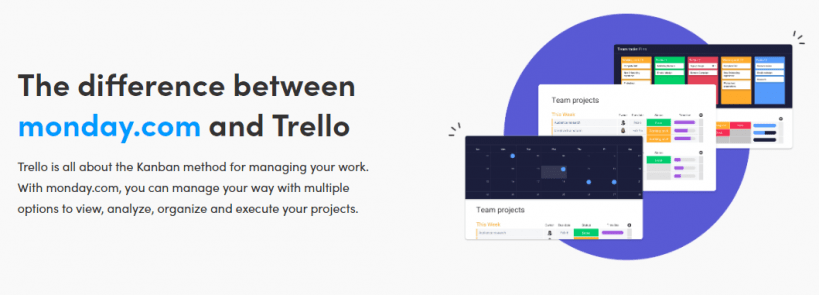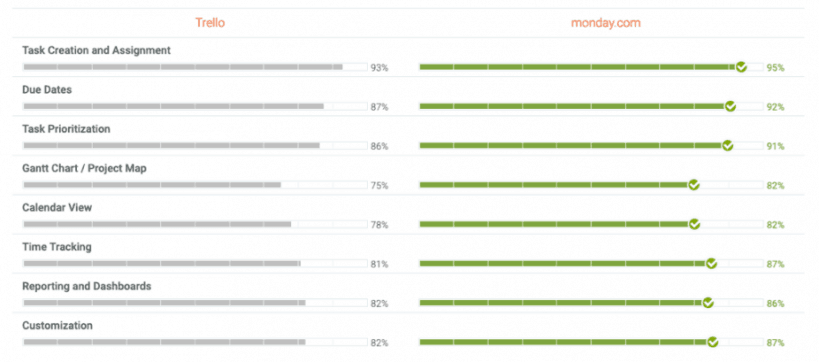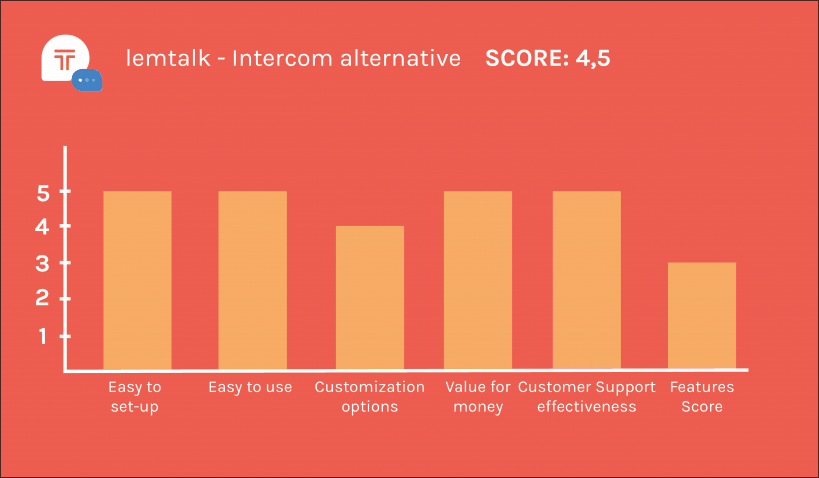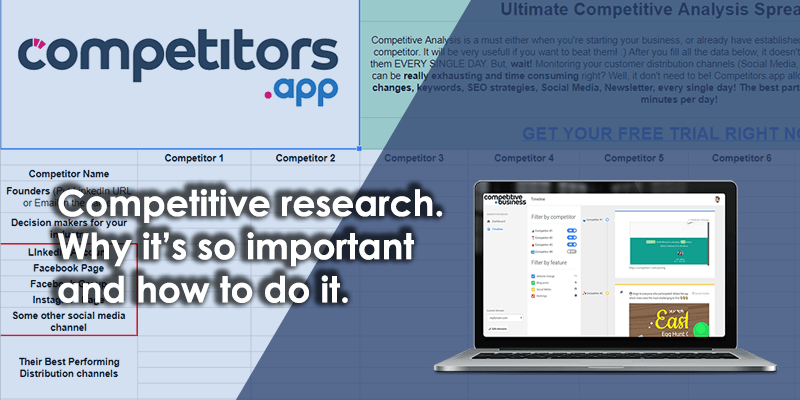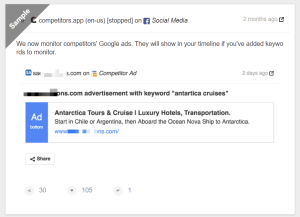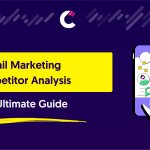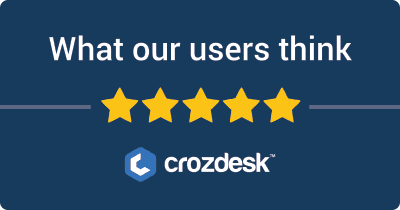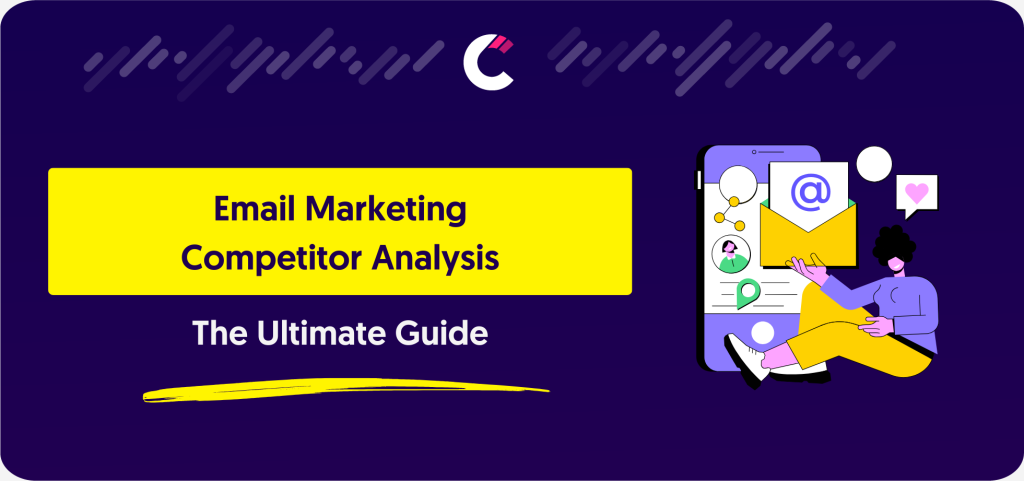
Email Marketing Competitor Analysis: The Ultimate Guide
As competition grows, the simple act of sending emails no longer guarantees engagement. This reality ushers in the importance of email marketing competitor analysis. It has transformed from a minor consideration to a vital strategy in marketing planning. This guide aims to demystify email marketing competitor analysis, explaining its definition, the advantages it offers, and how to apply it effectively to enhance your email marketing strategies.
Definition of Email Marketing Competitor Analysis
Email marketing competitor analysis is the methodical examination of your competitors’ email marketing strategies. It involves a detailed look into the strategies, tools, and tactics used by competitors to engage with and convert their audience. By evaluating your competitors’ email campaigns, you can discover important insights into what strategies are resonating with audiences, including trends within your industry and effective communication techniques. The primary goal is to gather this information not to mimic others but to identify opportunities for innovation and improvement in your own email marketing campaigns.
The Benefits of Email Marketing Competitive Analysis
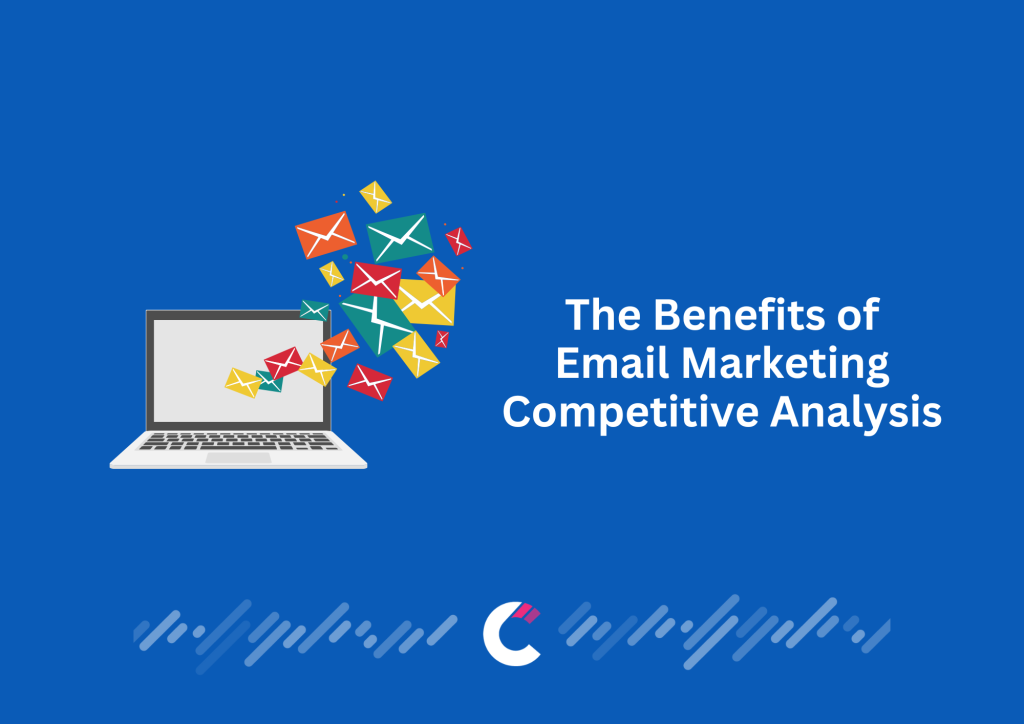
Understanding the landscape of your industry’s email marketing can unlock a multitude of benefits for your business. Here are the key advantages that conducting an email marketing competitive analysis can bring:
1. Identify Industry Trends: By keeping a close eye on your competitors’ email marketing efforts, you can quickly spot emerging trends and adapt your strategy accordingly. This could range from design preferences, the popularity of certain types of content, to shifts in sending frequency.
2. Benchmarking Performance: Competitive analysis allows you to gauge how your email marketing performance stacks up against others in your industry. This benchmarking can highlight areas of strength and pinpoint where there’s room for improvement.
3. Inspiration for Content and Design: Analyzing the emails of competitors can spark ideas for your own campaigns. You might discover effective email designs, compelling calls-to-action, or engaging content formats that you can adapt to fit your brand’s voice and goals.
4. Innovate and Differentiate: With insights gained from competitor analysis, you can find opportunities to differentiate your email campaigns. This could mean refining your value proposition, experimenting with new email technologies, or tailoring content more precisely to your audience’s preferences.
5. Improve Audience Engagement: By understanding what resonates with audiences in your sector, you can tailor your emails to better meet their needs and interests, potentially boosting engagement rates.
6. Optimize Email Campaign Strategies: Insights from competitor analysis can inform more strategic decisions regarding your email campaigns, from segmentation and personalization strategies to timing and frequency of emails.
In essence, email marketing competitive analysis serves as a foundation for informed decision-making, helping you to refine your strategy in a way that resonates with your audience and stands out from the competition.
How to Find Your Email Marketing Competitors
Identifying who your email marketing competitors are is a crucial step in conducting a thorough competitor analysis. Here’s how you can pinpoint the businesses that are vying for your audience’s attention:
1. Start with Direct Competitors: These are businesses that offer the same products or services as you do, targeting a similar audience demographic. They are your most apparent competitors in email marketing strategies.
2. Look at Indirect Competitors: These companies may not offer the exact same product or service but are competing for the same audience’s attention in your industry. Their email marketing strategies might reveal innovative approaches to audience engagement that you haven’t considered.
3. Use Search Engines: A simple Google search can help identify competitors by using keywords related to your business. Look at who ranks well for these terms and explore their email marketing strategies if possible.
4. Social Media and Forums: Platforms like LinkedIn, industry-specific forums, and social media channels can be goldmines for discovering competitors. Often, businesses share their content, including email sign-up promotions, that can give you insights into who your competitors are.
5. Use Competitor Analysis Tools: There are numerous digital marketing tools available that can help identify your competitors and provide insights into their email marketing strategies. These tools can track various metrics and offer comparative data.
6. Attend Industry Events: Whether online or in-person, industry events, webinars, and conferences can be excellent sources for identifying competitors. These events often attract businesses keen on showcasing their latest offerings, including their approach to email marketing.
7. Customer Feedback: Listening to your customers can also reveal competitors. They might mention emails from other companies in discussions, feedback, or reviews, pointing you towards competitors you weren’t aware of.
By identifying both direct and indirect competitors, you’ll gain a comprehensive view of the email marketing landscape within your industry. This broad perspective is essential for developing strategies that not only compete more effectively but also carve out a unique space for your brand in the crowded inbox.
The Best Email Marketing Competitive Intelligence Tools in 2024
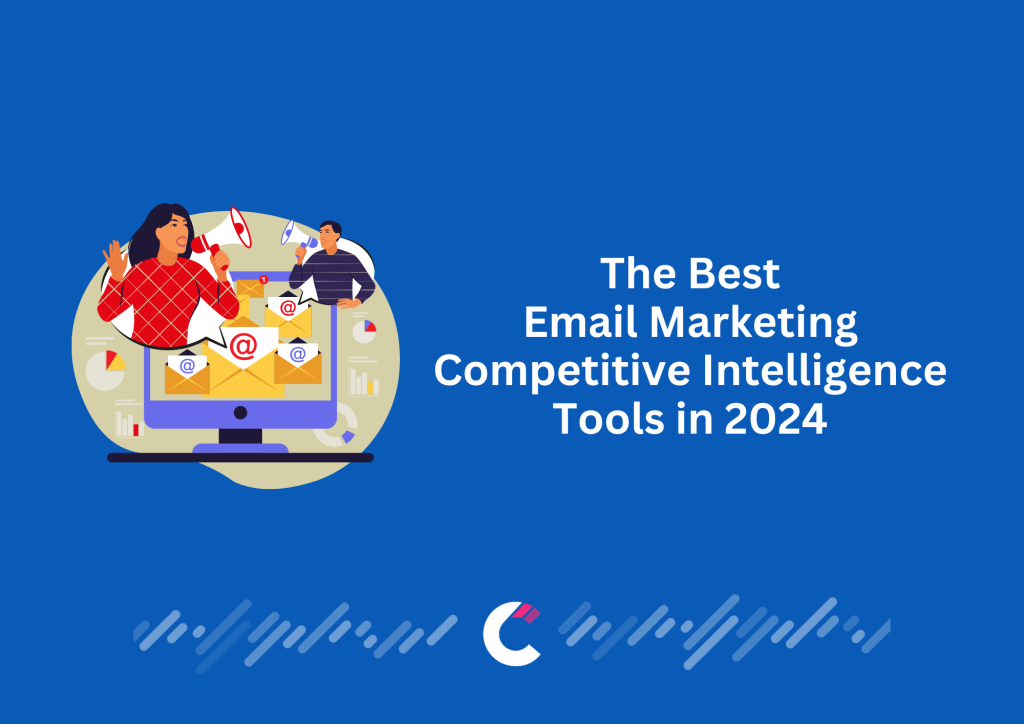
In the quest to stay ahead in email marketing, having the right competitive intelligence tools at your disposal is crucial. These tools can help you gather, analyze, and act on the information related to your competitors’ email strategies. Here are some of the top tools available in 2024 that can aid in your email marketing competitor analysis:
5 Steps of Developing an Effective Email Competitor Analysis Strategy
Crafting a strategy for email competitor analysis involves more than just observing your competitors’ moves. It requires a systematic approach to gathering data, analyzing it, and then applying the insights to enhance your email marketing efforts. Here are steps to develop an effective email competitor analysis strategy:
Step 1: Competitor Email Monitoring
Start by identifying who your main competitors are and subscribing to their email lists. Use different email addresses to subscribe to various segments if possible, giving you a broader view of their strategy. Tools like MailCharts or Owletter can automate this monitoring process, providing you with comprehensive insights without cluttering your inbox.
Key Elements to Analyze in Competitor’s Email Campaigns
When analyzing your competitors’ emails, focus on these key elements:
- Target Audience: Understand whom they are targeting by analyzing the language, content, and offers in their emails.
- Email Design & Templates: Note the layout, color schemes, and use of images or videos. This can give you ideas for your own email designs.
- Email Content: Look at the type of content they are sending. Is it educational, promotional, or a mix?
- Call-to-Action (CTA): Analyze the effectiveness of their CTAs. Are they clear and compelling? Do they use buttons or links?
- Subject Lines: Note which subject lines grab your attention and consider why they work.
- Email Sending Frequency: Track how often they send emails and identify any patterns related to days of the week or times of day.
- Sender Address: See if they use a personal name vs. a company name, which can affect open rates.
- Personalization Tactics: Look for signs of personalization beyond just using the recipient’s name.
- Landing Pages: If they link out to landing pages, evaluate the consistency and effectiveness of these pages in relation to the email content.
Step 2: Key Metrics to Evaluate in Competitors’ Email Campaigns
Although you won’t have access to their internal metrics, you can infer certain aspects based on your observations:
Open Rates: While you can’t see actual numbers, subject line effectiveness and sender reputation can give clues.
Click-through Rates (CTR): The effectiveness of CTAs and link placements can indicate how engaging their content is.
Unsubscribe Rates: High frequency or irrelevant content might lead to more visible complaints or mentions on social media.
Step 3: Gathering Data
Use the tools mentioned previously like competitors.app, Optimail to systematically collect data on your competitors’ email strategies. Organize this data in a way that allows you to spot trends and patterns over time.
Step 4: Leveraging A/B Testing Insights
Apply insights from your analysis to conduct A/B tests on your own campaigns. This could involve testing different subject lines, email designs, or CTAs to see what resonates best with your audience.
Step 5: Turning Insights into Strategic Actions
Finally, use the insights gathered to inform your email marketing strategy. This might mean adjusting your email frequency, adopting new personalization techniques, or refreshing your email design to better engage your audience.
Remember, the aim of email competitor analysis is not to replicate what others are doing but to understand the competitive landscape and find opportunities to innovate and improve your own email marketing efforts.
Common Challenges and How to Overcome Them
While conducting email marketing competitor analysis, you might encounter several challenges. Recognizing these obstacles and knowing how to navigate them can enhance the effectiveness of your analysis. Here are some common challenges and strategies for overcoming them:
Challenge 1: Data Overload
Solution: Focus on Key Metrics and Competitors
– Avoid getting overwhelmed by too much information by concentrating on a select group of direct competitors and key metrics that align with your marketing objectives. Use tools that aggregate and simplify data to make analysis more manageable.
Challenge 2: Identifying Relevant Competitors
Solution: Broaden Your Perspective
– Sometimes, the obvious competitors aren’t the only ones worth analyzing. Look beyond direct competitors to those in adjacent markets or those targeting similar audience segments for innovative email marketing strategies.
Challenge 3: Lack of Access to Internal Metrics
Solution: Infer Performance Through Observation
– While you won’t have access to your competitors’ internal analytics, you can infer the success of certain strategies by observing engagement indicators, such as social media shares or mentions, and the frequency and consistency of their email campaigns.
Challenge 4: Keeping Analysis Current
Solution: Regularly Update Your Competitive Analysis
– The digital marketing landscape evolves rapidly, making it crucial to regularly update your competitor analysis. Set a schedule for periodic reviews to ensure your strategy remains informed by the latest trends and tactics.
Challenge 5: Differentiating Between Trends and Fads
Solution: Validate with A/B Testing
– Before fully integrating observed tactics into your strategy, validate their effectiveness for your audience through A/B testing. This approach helps ensure that the changes you make are genuinely beneficial.
Challenge 6: Translating Analysis into Action
Solution: Create a Structured Action Plan
– It’s one thing to gather insights from competitor analysis, but another to effectively implement them. Develop a structured action plan that outlines how and when you’ll test new strategies, ensuring that insights lead to tangible improvements in your email marketing efforts.
By understanding these challenges and implementing the suggested solutions, you can maximize the benefits of your email marketing competitor analysis and maintain a competitive edge in your industry.
Emerging Trends in Email Marketing Competitor Analysis
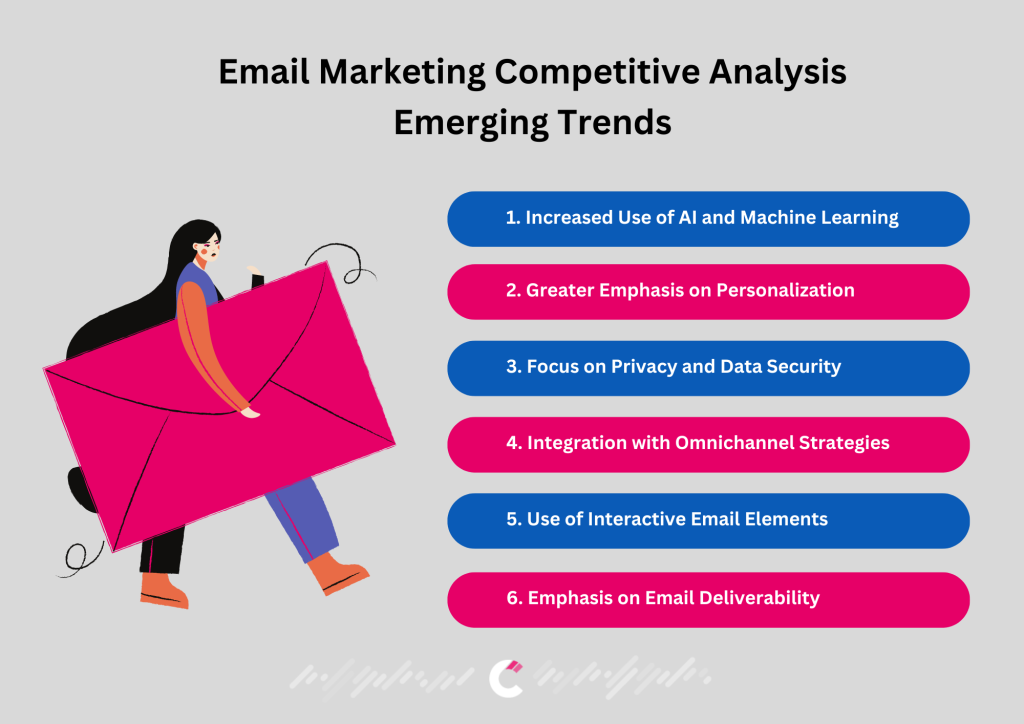
Staying ahead in the competitive world of email marketing requires not only understanding current best practices but also anticipating future trends. As we move through 2024, several emerging trends in email marketing competitor analysis are shaping the landscape, offering new opportunities for marketers to refine their strategies. Here are some key trends to watch:
1. Increased Use of AI and Machine Learning
Artificial Intelligence (AI) and machine learning technologies are becoming more prevalent in analyzing competitor email strategies. These technologies can predict trends, automate the collection and analysis of competitor data, and provide actionable insights with greater accuracy and efficiency.
2. Greater Emphasis on Personalization
As email marketing becomes increasingly crowded, personalization is evolving beyond just using a recipient’s name. Advanced segmentation and targeting based on behavior, preferences, and purchase history are becoming crucial. Analyzing how competitors implement these tactics can provide valuable lessons in enhancing your own campaigns.
3. Focus on Privacy and Data Security
With growing concerns over privacy and data protection, email marketers are adapting their strategies to comply with regulations like GDPR and CCPA. Observing how competitors manage consent and privacy can offer insights into best practices and innovative approaches to privacy-conscious email marketing.
4. Integration with Omnichannel Strategies
Email marketing is becoming more integrated with other channels as part of a holistic omnichannel strategy. Analyzing competitors’ email campaigns in the context of their broader marketing strategy can reveal how email complements other channels and drives overall marketing success.
5. Use of Interactive Email Elements
The use of interactive elements in emails, such as polls, surveys, and interactive infographics, is on the rise. These features can significantly increase engagement and provide valuable data. Keeping an eye on how competitors utilize these elements can inspire ways to make your own emails more engaging.
6. Emphasis on Email Deliverability
As email filters become more sophisticated, ensuring emails reach the inbox is increasingly challenging. Analyzing competitors’ strategies for improving deliverability, such as sender reputation management and email list hygiene practices, can provide insights into maintaining high deliverability rates.
By keeping these trends in mind and regularly analyzing how your competitors adapt to these changes, you can ensure that your email marketing strategy remains effective and innovative. Remember, the goal of competitor analysis is not to copy what others are doing but to understand the landscape and find opportunities to differentiate and excel.
Conducting email marketing competitor analysis should be a regular activity, but the frequency can depend on several factors, including the pace of your industry and the resources available to you. A good practice is to perform a thorough analysis quarterly. This schedule allows you to stay updated on competitors’ strategies and industry trends without being overwhelmed by the fast pace of change. However, for rapidly evolving industries, a monthly review might be necessary to keep pace with the competition.
The “best” software can vary based on your specific needs, budget, and the depth of analysis you require. However, tools like Competitors.app, MailCharts, Owletter, and SendView are highly regarded for their comprehensive features tailored to email marketing competitor analysis. These platforms provide insights into email frequency, content strategy, and design trends among competitors. For a broader marketing perspective, SEMrush and SimilarWeb offer functionalities that can complement your email marketing analysis by providing insights into competitors’ overall online presence and strategy.
Finding competitors’ emails for analysis can be straightforward. Begin by identifying your direct and indirect competitors. Visit their websites and look for opportunities to subscribe to their newsletters or email updates. Additionally, consider using tools like Competitors.app to find email addresses associated with their domain if direct subscription options aren’t readily apparent. Attending industry events or webinars and networking can also provide opportunities to exchange email communications with competitors.
Yes, there are free tools available that can assist with various aspects of email marketing competitor analysis, though they may offer limited features compared to paid versions. Tools like Competitors.app, Hunter.io offer a free tier for finding email addresses, and Google Alerts can be used to monitor competitors’ mentions online, which might lead to email campaign insights. For more in-depth analysis, free trials of platforms like MailCharts or SendView can provide a glimpse into competitors’ email strategies before committing to a subscription.
Absolutely, email marketing competitor analysis can be incredibly beneficial for small businesses. It provides insights into what strategies are working (or not) within your industry, helping you make informed decisions with your limited resources. By understanding your competitors’ approaches, small businesses can identify gaps in the market, refine their value proposition, and tailor their email campaigns to better meet their audience’s needs. This strategic approach can level the playing field, allowing small businesses to compete more effectively against larger companies.
